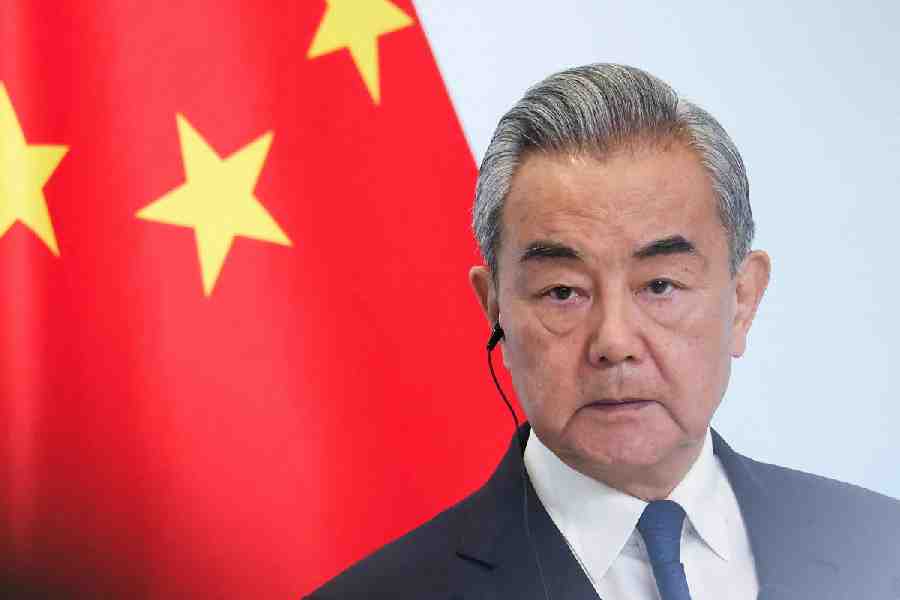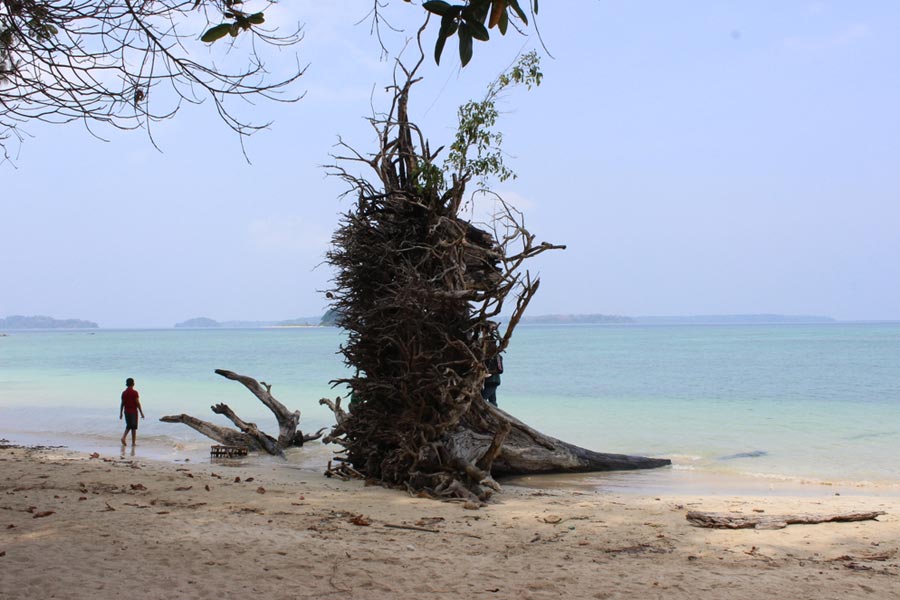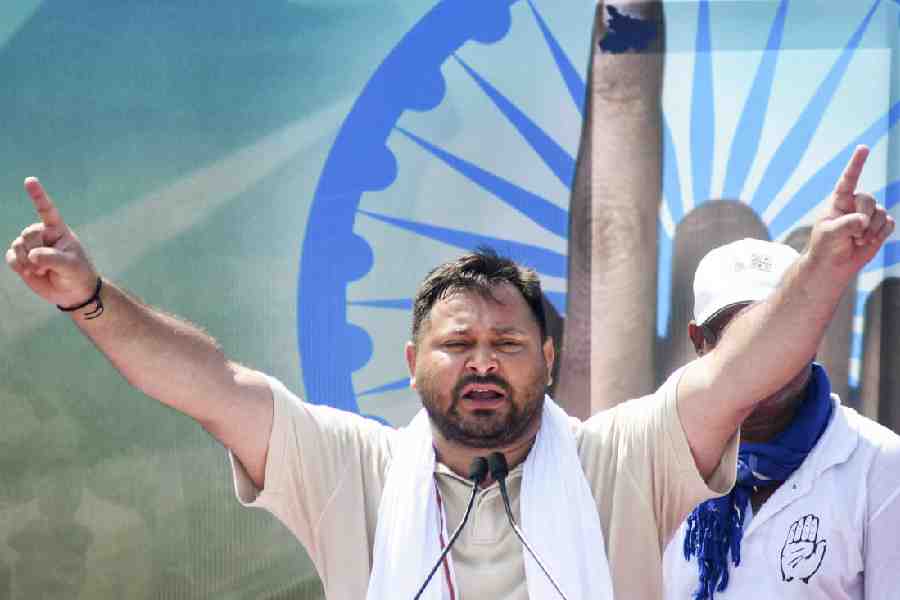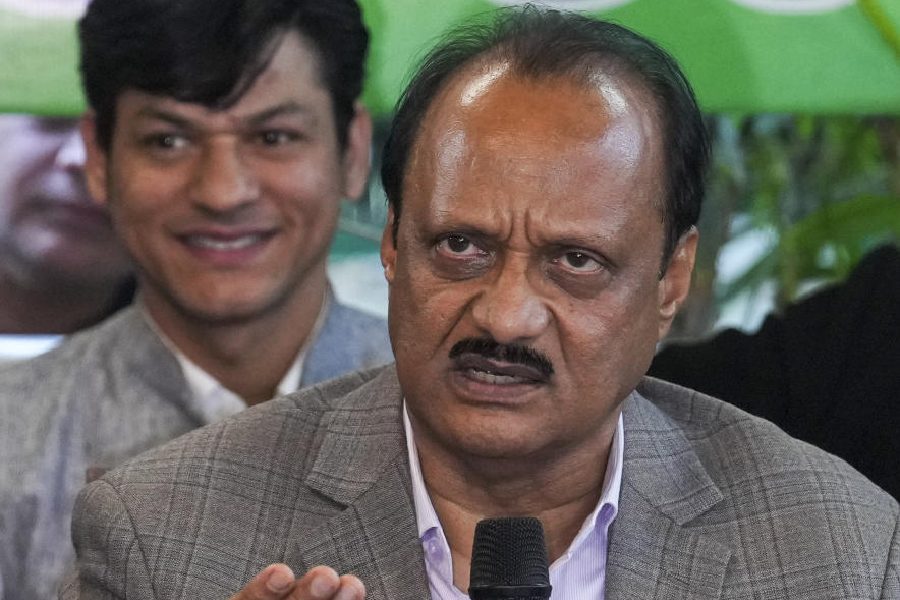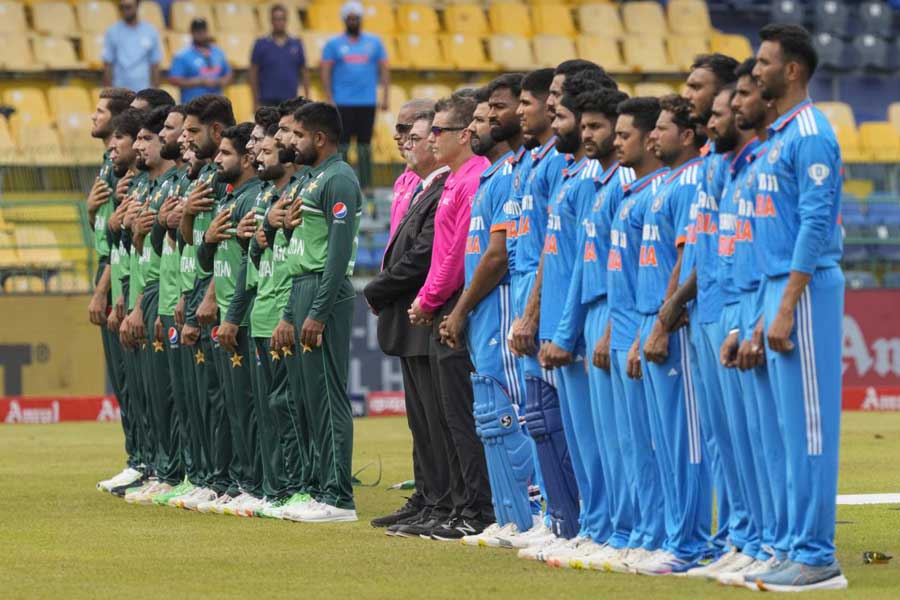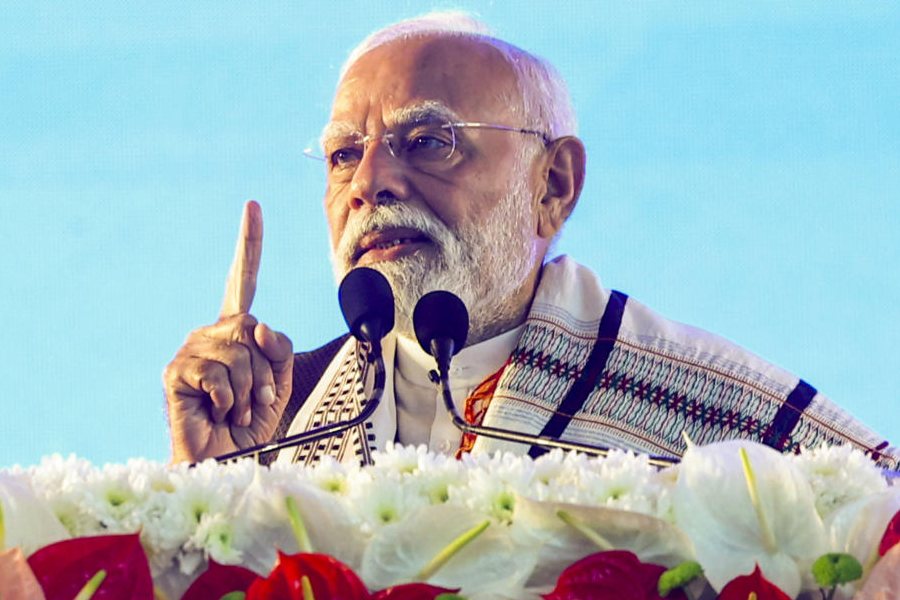 |
A file with a red tag usually means trouble. For when Union law minister Hansraj Bharadwaj gets one of those folders, he knows that it is sure to contain news of an imminent hanging. “I don’t get all the files pertaining to the death penalty, but sometimes I do,” Bharadwaj says. “And they come with a red tag.”
Bharadwaj is talking about an issue that has suddenly grabbed the limelight after being out in the cold for a while. For long years, it was a matter raised mostly by human rights activists advocating the abolition of death sentences. In recent days, though, the highest of decision makers in the country have voiced their concern over legal executions.
Last month, President A.P.J. Abdul Kalam urged the home ministry to review 20 cases of people sentenced to death, expressing concern that most people on death row ? at present there are 45 condemned prisoners whose mercy petitions are pending ? were poor. Days later, the new Chief Justice of the Supreme Court of India, Y.K. Sabharwal, admitted that he personally believed in the abolition of the death penalty.
For groups campaigning for abolition, this is good news. “There is certainly a ray of hope that these observations will lead to a debate on the death penalty,” says Suhas Chakma, director of the New Delhi-based Asian Centre for Human Rights.
The People’s Union for Democratic Rights (PUDR), a civil rights body, is taking the issue forward. PUDR says it is sending a letter to the Prime Minister this week, asking the government to consider commuting the death sentences of those awaiting execution. The letter also renews its call to the government to do away with the death penalty. Some 120 countries across the world have abolished the death penalty in law or practice, but India is one of 76 countries that can execute a convict.
In India, the law states that the death sentence is to be announced in the “rarest of rare” cases. This was underscored in the 1983 Macchi Singh and Others versus the state of Punjab judgement, when the Supreme Court ruled that the “rarest of rare” cases deserved the death penalty. “Since this is not further defined and no clear guidelines exist, the use of the death penalty is largely dependent on the interpretation of this phrase by individual judges,” points out the international human rights body, Amnesty International, in a statement on the death penalty prepared for a EU-India summit in September.
The PUDR, which is in the process of gathering information on the number of people executed in India, says that its opposition to the death penalty is based on three factors. “One, it is immoral to take another’s life,” says Sharmila Purkayastha, a member of PUDR. “Two, it is mostly used against the poor. And three, it is arbitrary.” Purkayastha cites the case of four Dalit men ? convicted in February, 1992, for the killing of 35 upper-caste people in Bihar ? who were sentenced to death three years ago. The case went up to the Supreme Court, which rejected the appeal against the death penalty by two votes to one. The dissenting judge spoke out against the “defective” investigation into the killings. “This means that the decision to impose the death penalty can be subjective,” says Purkayastha.
But those in favour of continuing the provision of the death penalty in the statutes ? a group that includes the law minister ? believe that there is reason to retain the provision. Bharadwaj believes that the death penalty deters crime. “If there is a deterrence, it is this,” he says.
But abolition activists believe that there is no link between deterrence and the death penalty. According to the Death Penalty Information Centre (DPIC), a US-based non-profit organisation, US states without the death penalty had a lower murder rate than states where executions took place. In 1990, the murder rates in death penalty states and non-death penalty states were 4 per cent apart. By 2002, the murder rate in the death penalty states was 36 per cent higher than the rate in states without the death penalty.
But the debate, Chakma believes, has long gone beyond the arguments presented by those in favour of deterrence and those against. “Now India has to decide whether it wants to go in for a reformist form of justice, or a retributive form,” he says. Bharadwaj stresses that as of now, there is no change in the law. “But there can always be a debate. The issue can come up in Parliament,” he says.
For the pro-abolition groups, this is a beginning. “We hope that the issue comes up in the winter session of Parliament,” says Chakma. “It will be very unfortunate if the government ignores the misgivings of two of our highest constitutional heads,” he says.


